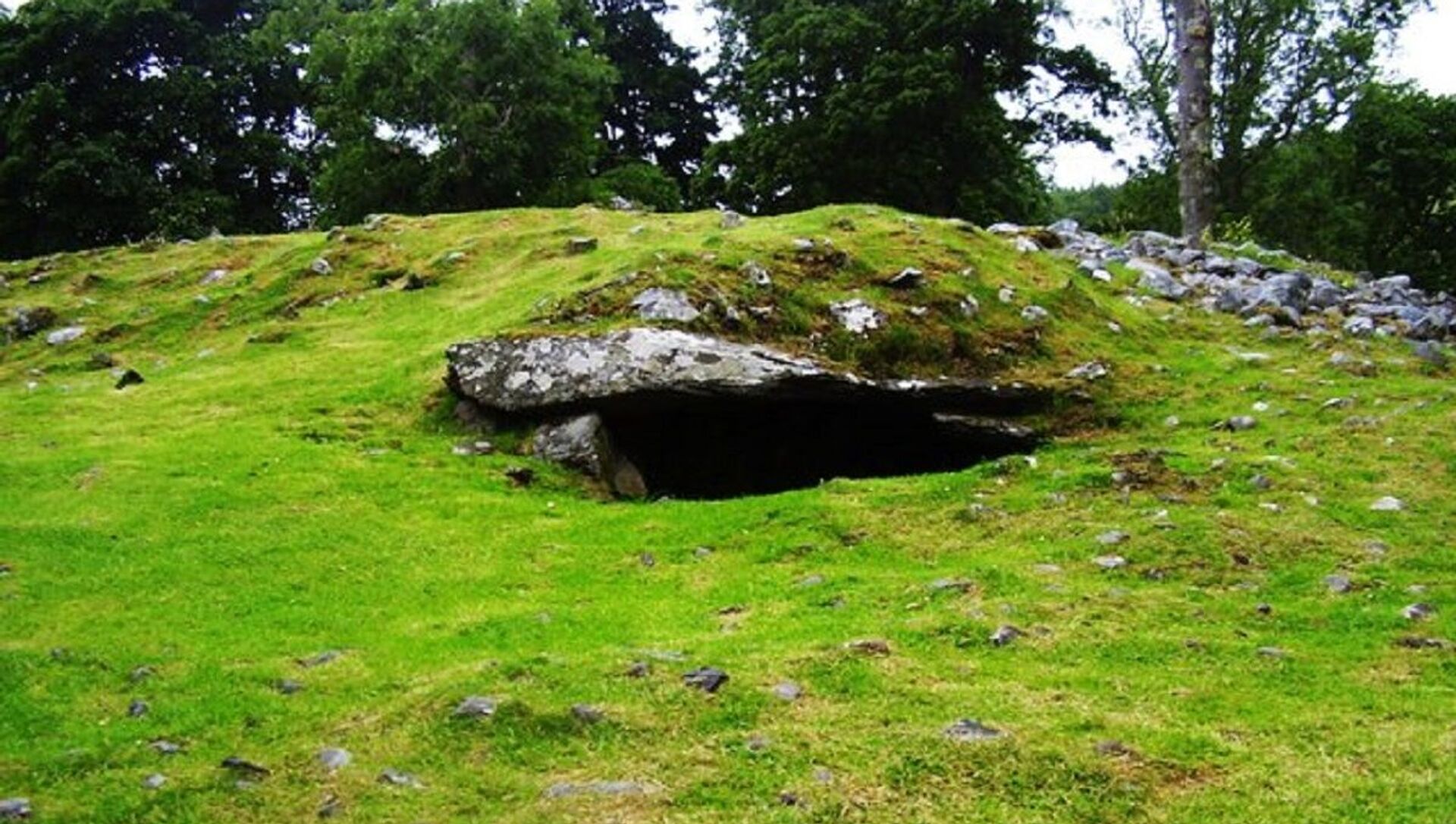The earliest known animal carvings to date in Scotland, thought to be between 4,000 and 5,000 years old, have been found in an ancient burial site at Dunchraigaig Cairn, Argyll, says the Historic Environment Scotland (HES).
📢 Seriously massive news alert! 📢
— Historic Environment Scotland (@HistEnvScot) May 31, 2021
Prehistoric animal carvings have been discovered for the first time in Scotland.
These recently authenticated carvings rewrite the story of prehistoric rock art in north-west Europe.
News release here: https://t.co/2Ah6t9bT7H pic.twitter.com/6Ge1ZjeoXv
The underside of a massive stone slab which tops an Early Bronze age stack of rocks at the site managed by HES displays five carvings of animals, including two stags with huge antlers. The other images are thought to show younger deer, HES said.
Hidden on the underside of a massive stone slab which tops Dunchraigaig Cairn in Kilmartin Glen, at least 5 animals have been carved into the rock, including 2 stags with enormous antlers.
— Historic Environment Scotland (@HistEnvScot) May 31, 2021
🦌 🦌 pic.twitter.com/GYmMiFeRsw
Hamish Fenton, who has a background in archaeology, made the discovery while visiting Kilmartin Glen, known for several ancient remains dating back to the Neolithic and Bronze Age, including some of the clearest cup and ring markings.
“It was previously thought that prehistoric animal carvings of this date didn’t exist in Scotland, although they are known in parts of Europe so it is very exciting that they have now been discovered here for the first time in the historic Kilmartin Glen,” said Dr Tertia Barnett, principal investigator for Scotland’s Rock Art Project at HES.
The majority of Scotland’s 3,000 or so prehistoric rock carvings have abstract concentric ring designs, known as cup and ring markings. According to Barnett, the discovery may dispel the assumption that prehistoric rock art in Britain is predominantly geometric.
Deer was a valuable source of meat and hides for prehistoric man, while their antlers were used for crafting tools.
“It is remarkable that these carvings in Dunchraigaig Cairn show such great anatomical detail and there is no doubt about which animal species they represent. This also tells us that the local communities were carving animals as well as cup and ring motifs which is in keeping with what we know of other Neolithic and Bronze Age societies, particularly in Scandinavia and Iberia,” added Dr Tertia Barnett.
According Fenton who made the discovery, he was passing Dunchraigaig Cairn at dusk when he caught a glimpse of the burial chamber in the rock pile. As he shone his torch inside, he noticed a pattern on the underside of the slab.
Wow. 4 to 5,000-year-old carvings of 🦌 discovered by Hamish Fenton at Dunchraigaig Cairn in Kilmartin Glen are the first such animal depictions known from Neolithic or Early Bronze Age Scotland! #archaeology
— Love Archaeology (@LoveArchaeology) May 31, 2021
Screengrab 📷©️@HistEnvScot - video in following tweet pic.twitter.com/cPux8oijyi
“As I shone the light around further, I could see that I was looking at a deer stag upside down, and as I continued looking around, more animals appeared on the rock. This was a completely amazing and unexpected find and, to me, discoveries like this are the real treasure of archaeology, helping to reshape our understanding of the past,” Fenton said.
The archeological find has led experts to wonder if there are more animal carvings “waiting to be uncovered in the future.”


